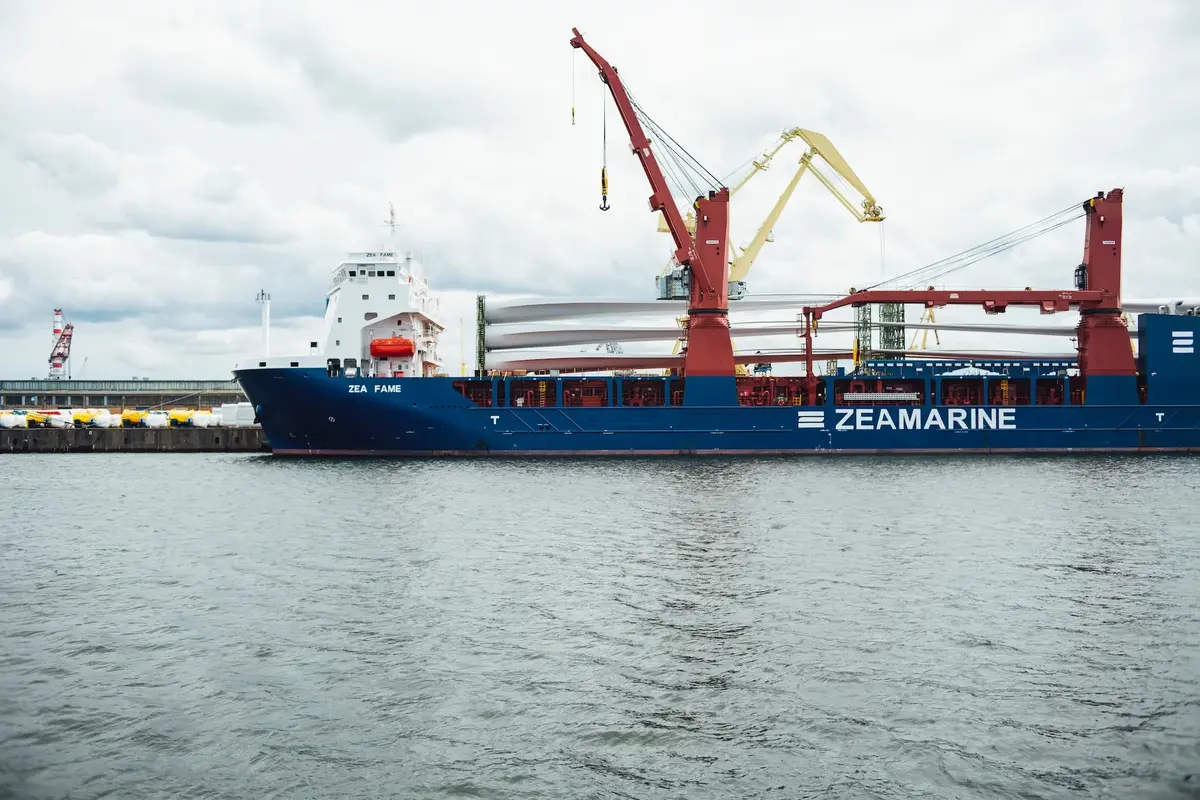
Risk Management in Project Logistics: Strategies for Uncertain Environments
Project Logistics involves the movement of oversized cargo, often challenging due to size, weight, and unique characteristics.
Significance of Risk Management in Project Logistics
Effective risk management is crucial to ensuring the safe and efficient transportation of heavy and large goods, minimizing potential disruptions and ensuring project success.
Challenges in Heavy and Large Goods Transportation
Unique Risks Associated with Oversized Cargo
Transporting oversized cargo presents distinct challenges, including route restrictions, infrastructure limitations, and increased safety concerns.
Impact of Uncertain Environments on Transportation Projects
Uncertain environments, such as adverse weather conditions or unexpected road closures, can significantly impact the success of Project Logistics.
Key Strategies for Effective Risk Management
Rigorous Planning and Route Optimization
Utilizing Specialized Transportation Modes
Selecting appropriate transportation modes, such as flatbed trucks or specialized carriers, is critical for the safe movement of heavy and large goods.
Dynamic Route Planning Software
Implementing advanced route planning software helps optimize paths, considering real-time factors like traffic, construction, and weather conditions.
Preemptive Site Assessments
Identifying Potential Obstacles
Conducting thorough site assessments identifies potential obstacles, allowing for proactive measures to address challenges.
Collaborating with Local Authorities
Engaging with local authorities ensures awareness of and compliance with regulations, reducing the risk of unexpected disruptions.
Contingency Planning for Unforeseen Events
Emergency Response Protocols
Establishing emergency response protocols prepares teams to handle unforeseen events promptly and effectively.
Backup Transportation Options
Having alternative transportation options in place mitigates risks associated with unexpected issues, ensuring cargo reaches its destination.
Technology Integration in Transportation Risk Mitigation
Advanced Tracking and Monitoring Systems
Implementing advanced tracking systems enhances real-time visibility, allowing for proactive adjustments to ensure the safety and security of transported goods.
Simulation and Predictive Analytics for Route Planning
Utilizing simulation tools and predictive analytics aids in strategic route planning, considering various factors that may impact transportation.
Human Factors in Transportation Risk Management
Importance of Skilled Personnel
Having a skilled and trained workforce ensures effective decision-making and problem-solving during transportation projects.
Effective Communication in Transportation Teams
Clear communication within transportation teams and with relevant stakeholders is crucial for seamless coordination and risk mitigation.
Compliance with Transportation Regulations
Adherence to Oversized Load Regulations
Strict adherence to oversized load regulations is essential to avoid legal issues and ensure the safety of the transportation process.
Collaborating with Regulatory Authorities
Maintaining open communication and collaboration with regulatory authorities helps in navigating complex compliance requirements.
Future Trends in Project Logistics Risk Management
Innovations in Transportation Technology
Continued advancements in transportation technology, such as autonomous vehicles and IoT, are expected to revolutionize risk management in heavy goods transportation.
Anticipating Changes in Regulatory Landscape
Proactively anticipating and adapting to changes in the regulatory landscape ensures ongoing compliance and minimizes legal risks.
Conclusion
Recap of Essential Risk Management Strategies
In conclusion, rigorous planning, preemptive assessments, and technology integration are essential components of effective risk management in Project Logistics.
Emphasizing the Continuous Improvement Approach
Risk management in transportation is an ongoing process that requires a commitment to continuous improvement, ensuring adaptability to evolving challenges.
FAQs
How do you determine the most suitable transportation mode for oversized cargo? The choice of transportation mode depends on the cargo’s size, weight, and specific requirements. Specialized carriers or flatbed trucks are common choices.
What role does technology play in enhancing the safety of heavy goods transportation?
Technology, such as advanced tracking systems and predictive analytics, enhances real-time visibility and allows for proactive adjustments to ensure the safety and security of transported goods.
Why is collaboration with local authorities important in heavy goods transportation?
Collaborating with local authorities ensures awareness of and compliance with regulations, reducing the risk of unexpected disruptions during transportation projects.
How often should emergency response protocols be reviewed and updated? Emergency response protocols should be regularly reviewed and updated to align with changing circumstances and evolving best practices.
Are there global standards for oversized load regulations in heavy goods transportation? While regulations may vary by region, there are global standards and best practices that companies often follow to ensure consistency and safety in heavy goods transportation.






